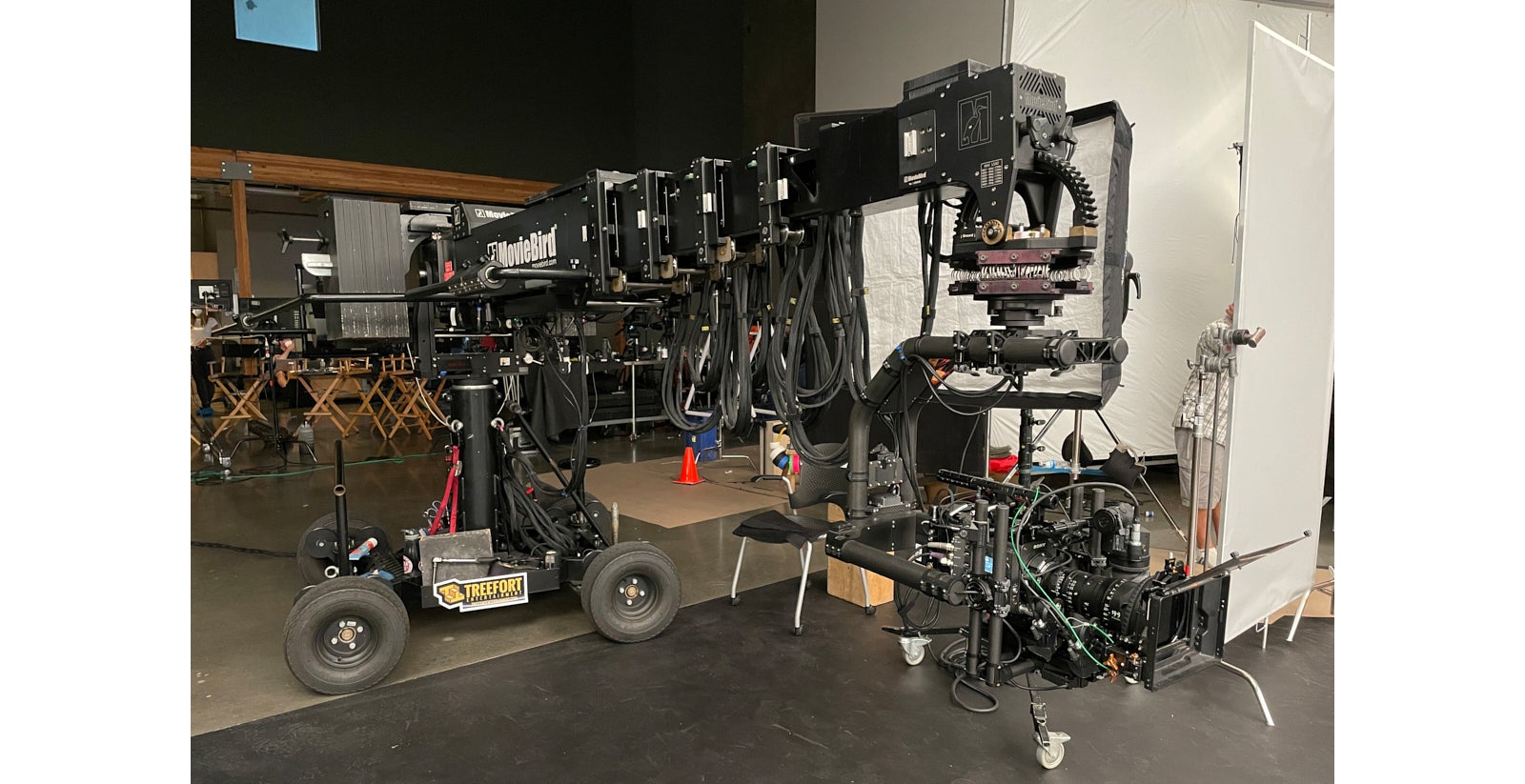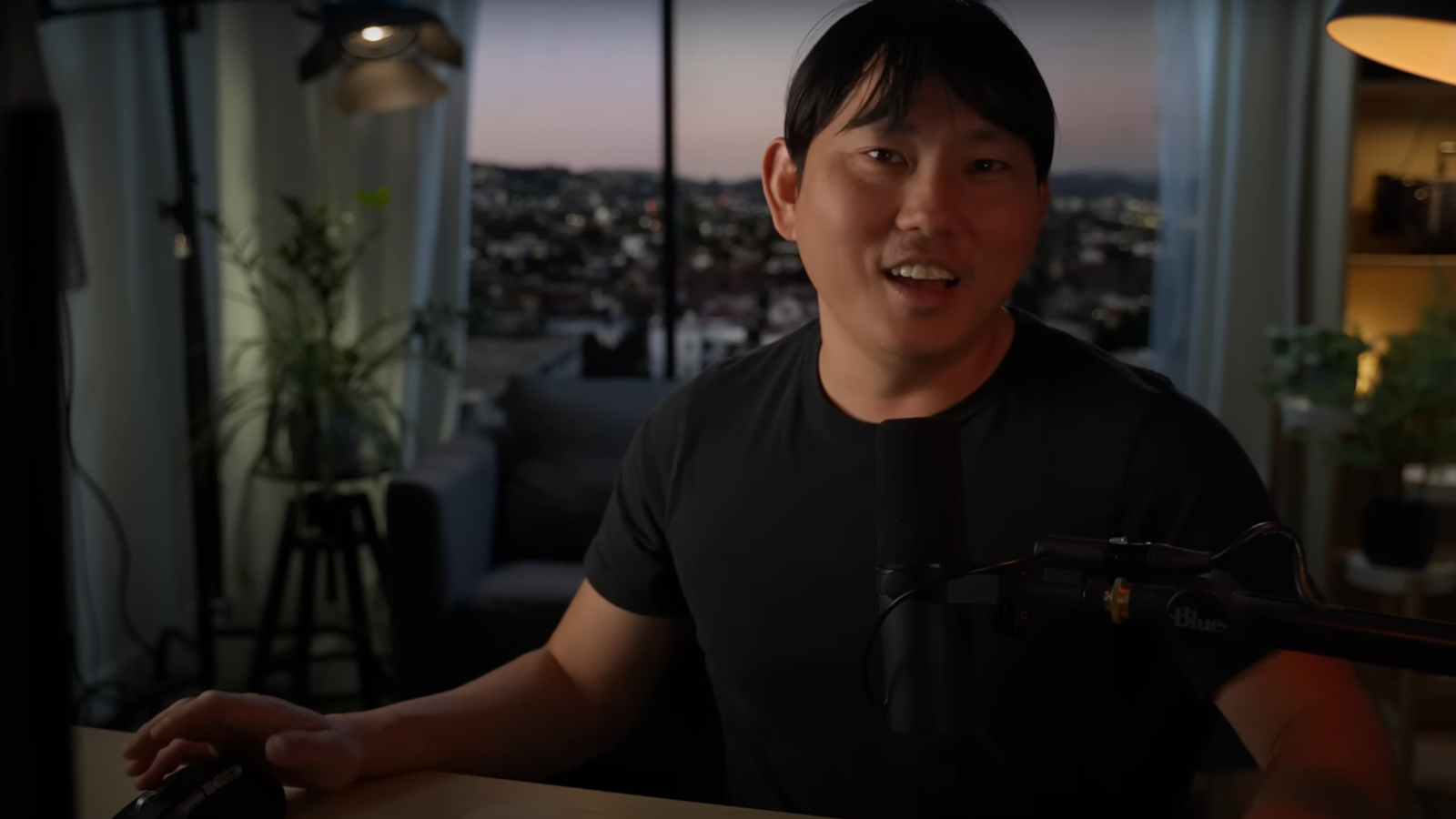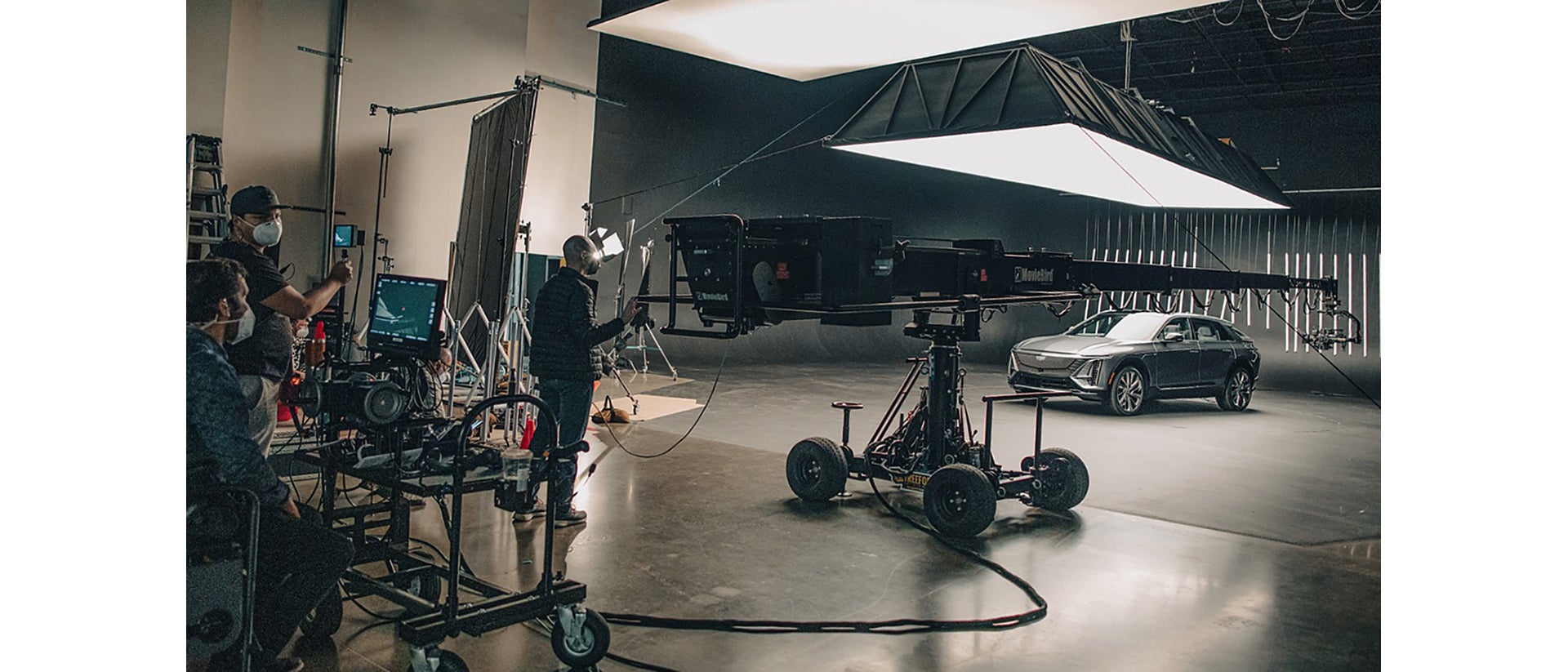
09-29-2021 - Case Study, Gear, Technology
A Lyrical Pairing for DP Dennis Zanatta and Cadillac – Shot on Sony
By: Suzanne Lezotte
As traditional marketing morphs into a new era of content, companies like Indigenous Media (whose most recent films include “Four Good Days,” starring Glenn Close and Mila Kunis) are leading the trend by crafting premium brand-inspired stories, and adding their own flourishes along the way. For the launch of the all-electric 2023 Cadillac LYRIQ, the brand wanted to highlight the thoughtful and innovative features of the car by exploring the world of gastronomy. They ultimately partnered with Indigenous-produced, 60 Second Docs, the Webby Award-winning, top digital documentary brand, to create LYRIQ Electriq Kitchen. The campaign featured a unique collaboration between two Michelin star chefs – Jordan Kahn of Vespertine, and Niki Nakayama of n/naka – creating a once-in-a-lifetime, multi-course tasting menu, all inspired by the vehicle. This culminated in a one-night-only immersive dining event, and a multi-part documentary capturing the entire experience.
For cinematographer Dennis Zanatta, this was the third campaign he shot for Indigenous Media. “I had seen a few of the campaigns and I really liked how they brought brand stories to life in a highly authentic way by utilizing more traditional documentary storytelling techniques,” he said. A friend of his from AFI, Tim Beers Jr., had been executive producing many of these campaigns and he eventually reached out to Zanatta. “He asked if I was interested in shooting a campaign for Citizen about an architect who builds houses with recycled material. I had recently bought a Sony FX9, so I headed down to Ensenada for the shoot,” with Series Producer Lendi Slover.
Born and raised in São Paulo, Brazil, Zanatta originally studied acting but was steered toward cinematography after he bought his first Sony camera over 15 years ago: the DSR-PD170. “A friend of mine from acting school was hosting a travel series for TV Globo Brazil, so I volunteered to film with my new Sony camera because I was very eager to learn cinematography. The moment I stepped behind the Sony viewfinder, I never went back to acting. I was so in love with being behind the camera and telling stories with it.” He continued to shoot in Brazil, and in 2007 worked on the Rio Pan-American Games, which led to a show called “Auto Esporte” for TV Globo in São Paulo, shot on Sony XDcam broadcast cameras. “Brazil is a big user of Sony cameras, so I shot with a variety of cameras, beginning with the Sony Betacam.” Two years later, a TV Globo producer based in Washington DC invited him to work as a cinematography correspondent shooting with Sony PMW-EX3 and PMW-F3L.
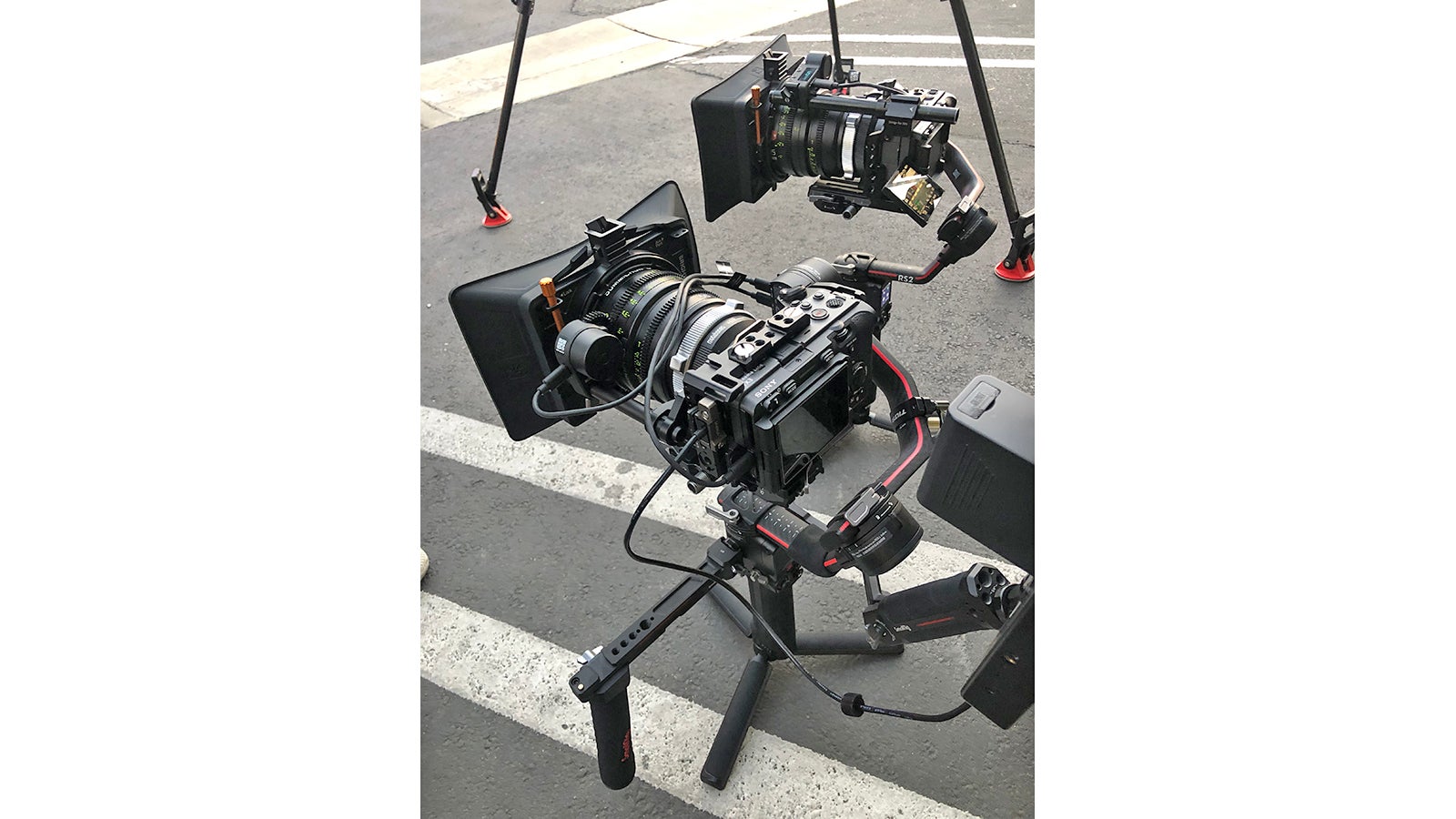
FX3 cameras with Leitz Summicron-C lenses
After graduating from the American Film Institute with a MFA in Cinematography in 2015, where he also used Sony cameras for his student films, “I decided to buy a Sony FS7 for a new project I was hired to film,” he said. “I have been using Sony cameras since the beginning of my career and I always relied on them. The dynamic range, latitude, skin tones, image quality, easy menu, unique features, and, of course the ergonomics, make it a great camera. Sony was always a straightforward camera to film.”
In February, Zanatta was asked to shoot a second campaign for Citizen in Los Angeles, so he expanded his Sony camera choices. “I used my FX9, which was a great upgrade from the FS7. I love the new color science and the amazing features such as the variable ND. I had recently purchased the FX3, for additional specialty shots on a gimbal and car mounts. But at the same time, you could definitely use as an A camera if you wanted,” he said. “The size and quality [of the FX3] allowed me to do that, and it matched nicely with the FX9. I paired it with the Sony FE PZ 28-135mm G series lens and we were all very pleased with the results.”
A few months later, he was tapped for the very ambitious LYRIQ Electriq Kitchen campaign, with Beers as executive producer and director. The campaign consisted of three films – one six-minute documentary following the collaboration of the chefs, and two chef-centric profiles. “For the longer film, we wanted to show the whole process, from getting to know the chefs, to their collaboration in designing the dishes, and concluding with the day they reveal the car in Los Angeles,” explained Zanatta. “During the first production meeting, I suggested we use all Sony cameras to portray this project that was mixing two film languages, documentaries and commercial. The idea was that for the documentary part, I would use the FX9 and FX3, and for the material with the cars and the food, we would use the Sony VENICE. I wanted to have that higher-end material that was more controlled, which would look different from the documentary part that was more raw. We also paired the VENICE with Leitz Summicron-C lenses.”
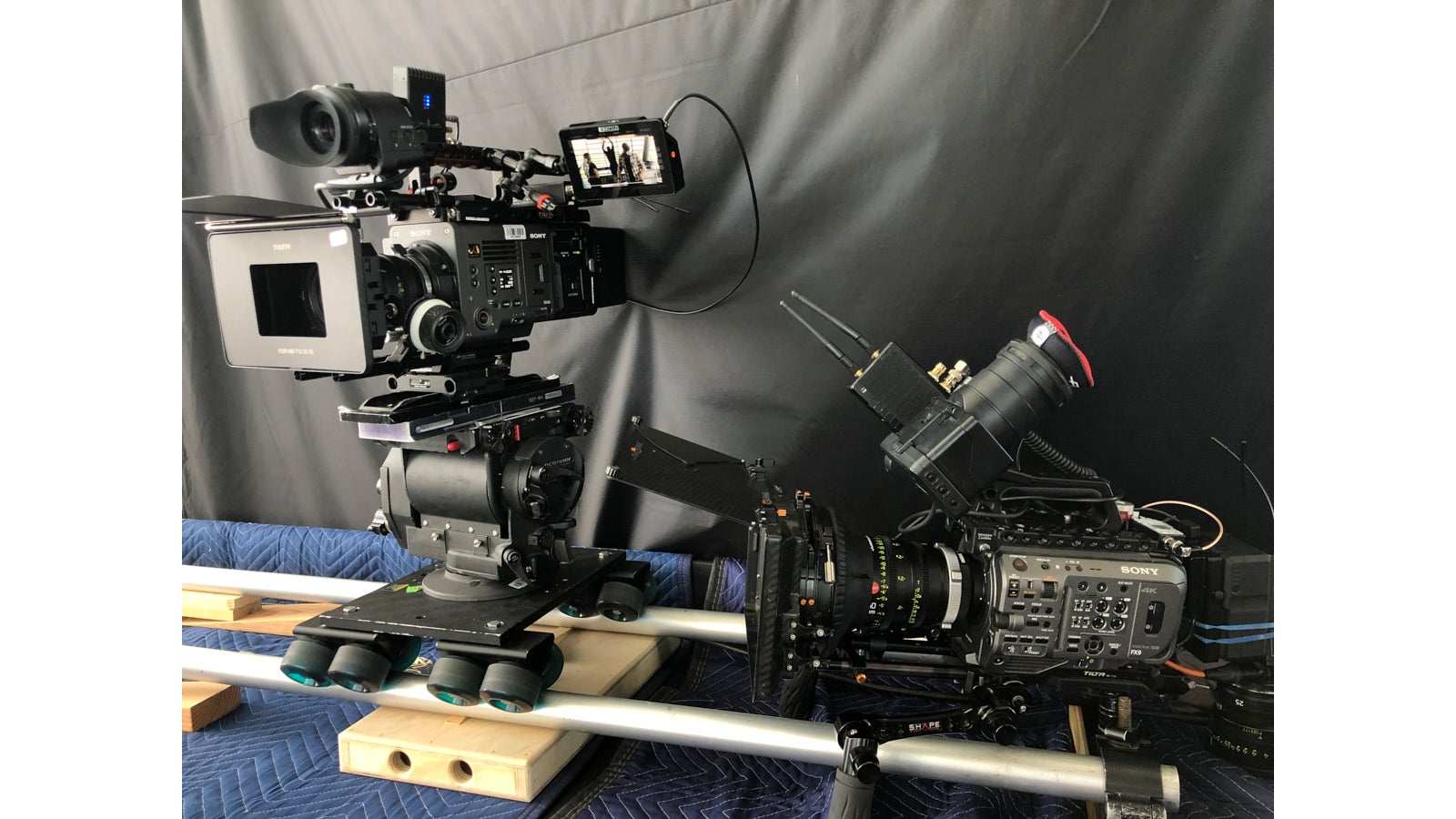
VENICE and FX9 with Leitz Summicron-C lenses
For an overall color scheme, Zanatta and Beers referenced brand guidelines provided by Cadillac. “We looked to infuse the footage with Cadillac color schemes in interesting and unexpected ways. We followed their guidelines, but we also wanted to stamp our marks to create a futuristic look. Based on Chef Jordan's culinary style, we used a cooler palette. For Chef Niki, who specializes in modern Japanese kaiseki cuisine, it was completely the opposite, we went towards warmer tones. That created a nice balance of contrast between both chefs.”
For the car shots, Zanatta had to be more creative, with a high priority on safety around the Cadillac LYRIQ. “We wanted to find a studio where we could shoot all aspects of the car in a very controlled setting, but still have the capacity to create dynamic movement and lighting, including being able to spin the car 360 degrees.” The stage wasn’t just for beauty shots though, it also would be a primary location in the spine of the narrative featuring the talent, with multiple scenes and setups.
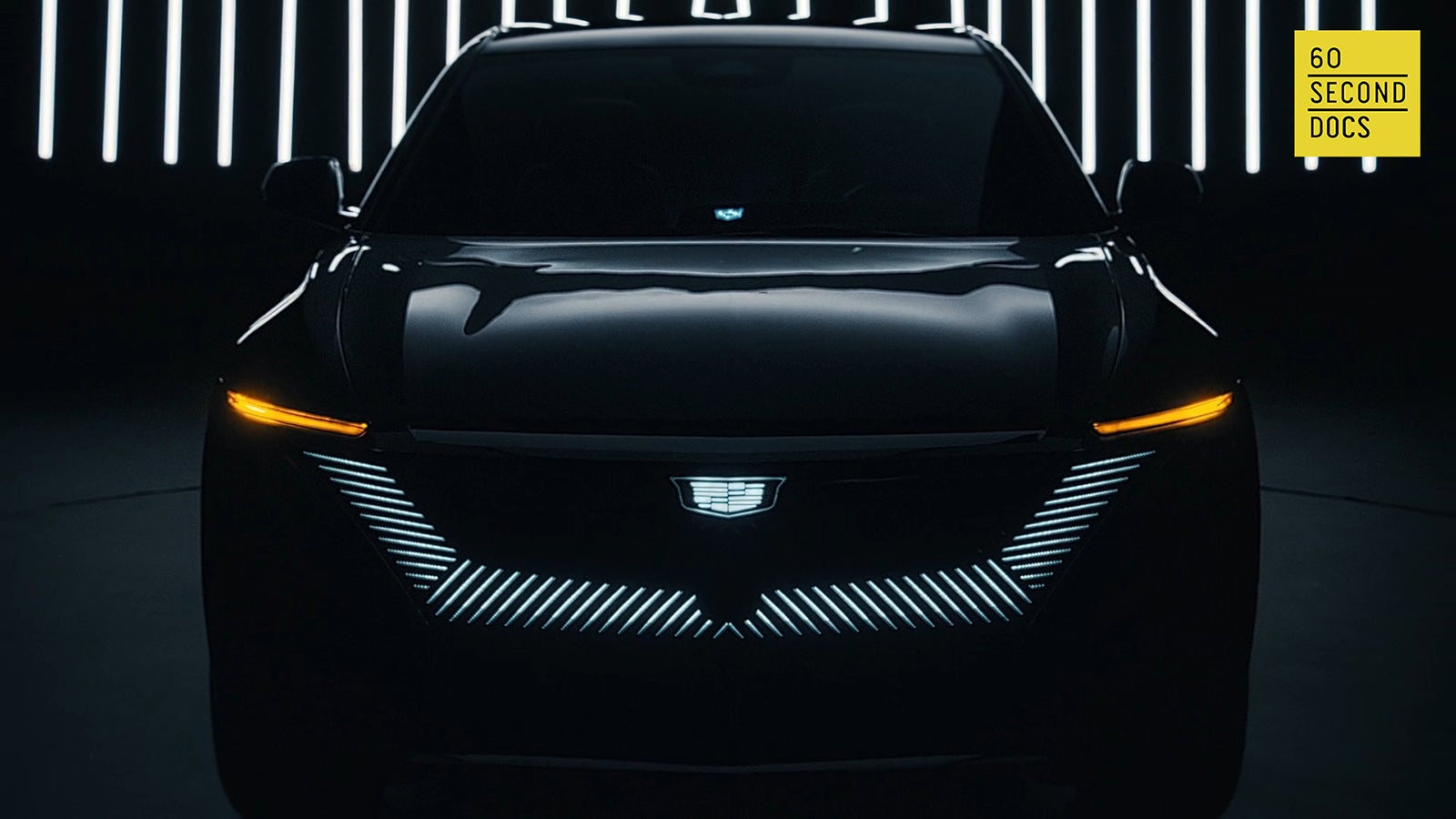
“We went back and forth on a black versus white background, with some concerns that the LYRIQ wouldn’t pop against black, but I knew the VENICE would find very rich information in the shadows,” said Zanatta. “I explained to the producers that once we started shooting, they could see how much information we had in the blacks. It’s a bold decision, shooting a silver car against a black background,” he admitted. “It was a challenge because [the car] could easily blend into the background, but the way we were lighting the vehicle, combined with the information from the VENICE, really helped bring the colors alive and make them stand out.”
During the two-year master program at AFI, Zanatta’s biggest influence was Bill Bennett, ASC, whose influence helped enormously when shooting the LYRIQ Electriq Kitchen campaign. “He would come to our classes and show precisely how to light and film car commercials, which he specialized in. He brought in a miniature car and beautifully lit it with soft boxes and large bounces. It was just outstanding. I learned a lot from Bill, and I used this knowledge on the campaign. I am very grateful to him.”

VENICE sporting the Fujinon Cabrio 19-90
Zanatta used the VENICE with the Fujinon Cabrio 19-90mm on a Technocrane provided by Treefort Entertainment. For the shots that capture the exquisite details of the exterior and interior, “the Technocrane really enhanced our creativity by allowing us to find interesting angles and movements. The car was a prototype, so safety was paramount. I set the camera on the Technocrane right outside the car and tried to find angles we needed inside the car. The Cabrio paired really nicely with the VENICE and it matched well with what we shot on the Leica lenses.”
Zanatta again lauded Bennett for the training he received through AFI. “I wanted to put the skills I learned with Bill into practice. I showed my gaffer Adam Hutsell some references, and we used a 20 x 8 soft box right on top of the vehicle so he could control each section of the box and what we wanted to be on or off,” he said. “We started from the back of the soft box, and then progressively lit the car as if it appeared from the shadows.” Zanatta had a bank of Astera tubes in the background that was board operated by Mario Hurtado using his iPad, “which I designed myself inspired by the front grill of the LYRIQ. When the car turns on, the front grill lights up like a little effect, and I thought it would be interesting if we added Asteras to do the same thing behind the vehicle. We shot several angles where you see the Asteras turning on with the front grill.”

Tim Beers Jr. and Zanatta, right, interviewing Chef Jordan Kahn
The food had its own unique star quality. Because of the intricacy of the food design, Zanatta chose to shoot those scenes in Chef Jordan’s kitchen with the VENICE as well. “For the dishes that were to be presented at the event, we wanted to enhance them, so we really worked on a nice soft top light with a fill accent, to have the food shine a little more. For those specific plates, we used lighting that was a little more stylized.”
The campaign culminated in an August event in Los Angeles at Chef Jordan Kahn’s restaurant, Vespertine. Zanatta wanted this look to be different from the other elements: the car, the food, and the chefs cooking. “First of all, we had to be as invisible as possible, because we were just covering the event as the guests experienced it. Tim and I had established a visual language around subtle camera movement, so I felt the best way of filming the event was using two FX3s on gimbals. This would allow us to be a fly on the wall with very smooth camera movements, going around people and finding the best shots. Also, the ergonomics of the small [camera] body allowed us to be invisible and blend with the crowd. We relied a lot on the FX3 sensor because we were filming as is; everything you see is what we shot, except for a few interviews.”
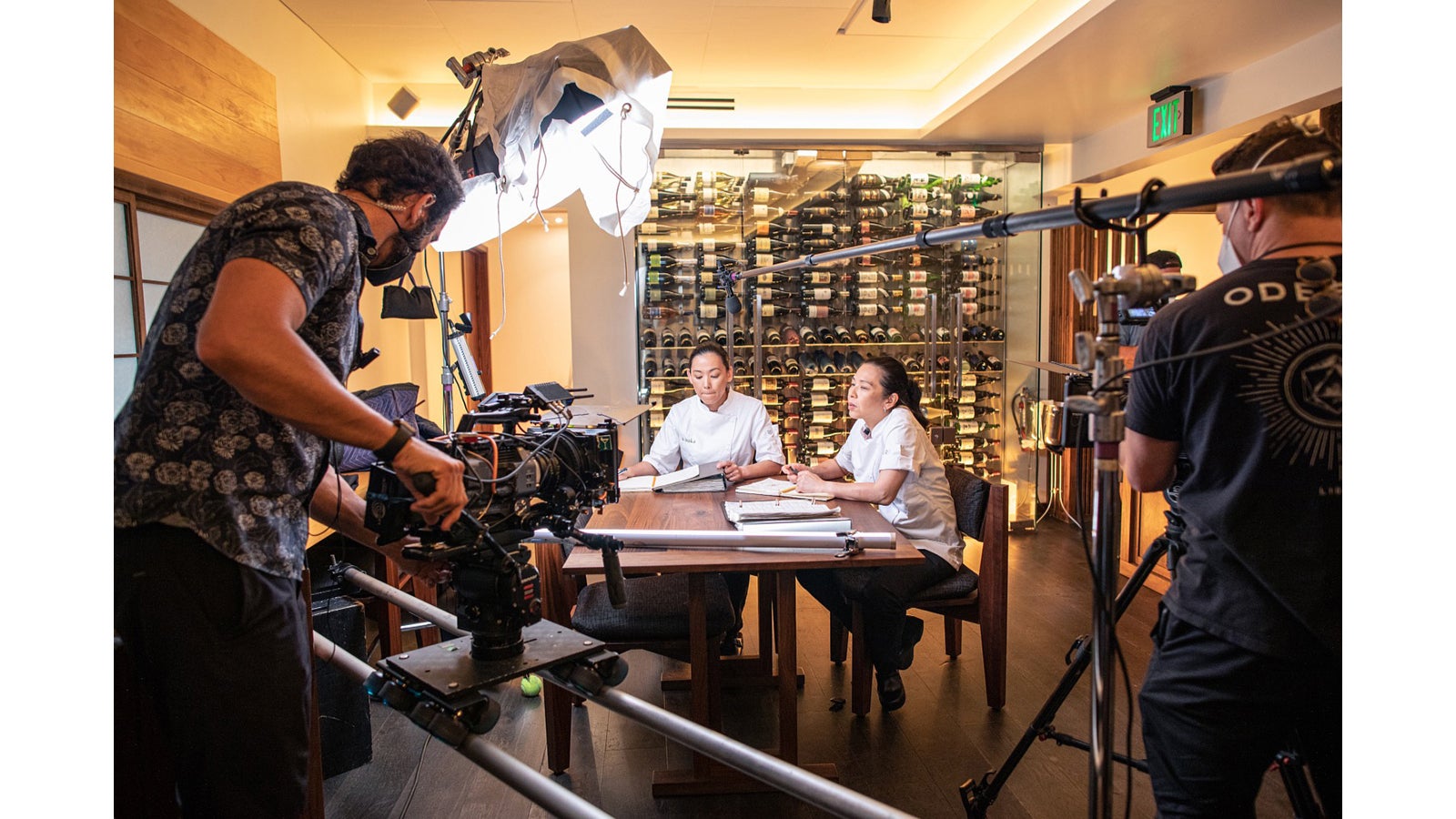
Photo courtesy by Irina Logra
Given that he used a variety of cameras, workflow for Zanatta included the standard Rec.709 LUT. “I felt it matched all around. I knew that the color science on all cameras was similar so I was very pleased with the way it turned out. We shot everything at 4K resolution. We used XVAC-I codecs for the FX3 and FX9, and on the VENICE, everything was shot XOCN-XT because I wanted the highest quality for the food and car. We did some workflow tests and everyone was content.” With a short turnaround, they had to deliver the files fast. “Because of the workflow Sony has, it was really fast, especially with such big files. Our DIT was mostly dedicated to organizing the footage and post, but he would often show me some of the footage.”
Working with the dual base ISO, Zanatta spoke of the difference in the FX9 base (800/4000), as compared to the VENICE (500/ 2500). “Dual ISO is one of my favorite features of the Sony cameras. I think we had to bump to the higher native ISO on the VENICE for the interior, because we couldn’t put any lights inside and had to rely on the few stops we could get from the sensor. Even though we used the higher native ISO in this low light situation, the image was very clean. You can definitely rely on the camera’s sensor and the dynamic range.”
Zanatta expressed how impressed he was by the seamless transitions between cameras. “Despite that the VENICE has so many bells and whistles, the FX9 was holding its own. We were pleasantly surprised by how well the cameras matched, and they match so nicely.
Zanatta was very satisfied with the result of the LYRIQ Electriq Kitchen campaign because, “we are not just shooting a product, we are telling a story.” As an owner of two FX9s and one FX3, Zanatta will continue to use a variety of Sony cameras on his upcoming projects. “My goal is to buy a VENICE one day and have the whole system of cameras.” Up next for Zanatta is a feature directed by Felipe Mucci and producer Ryan Scaringe. “I showed the LYRIQ Electriq Kitchen campaign to Felipe and Ryan. They were really impressed with the image quality and the workflow, even though we shot raw on the VENICE. This experience definitely helped me and my team make the decision to use the VENICE on this next feature film” he said.
